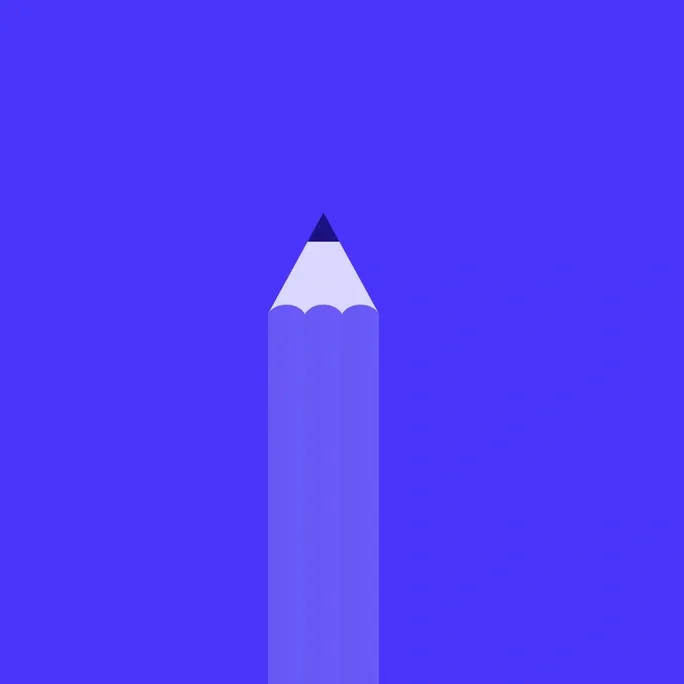How to prepare for your Facebook product design interview

Lily Konings is a Product Designer at Instagram and Messenger. She joined Facebook in 2020. Many of us would love to know how we can prepare for the interview at FAANG, and her experience is valuable.
She wrote a long post. In this post, I highlighted the main points that I have learned from her are.
Facebook’s interview process is quite industry-standard. So we can use the same strategy for numerous other companies.
4 parts of product design interview:
- Portfolio Review
- App Critique
- Whiteboard Exercise
- Background Interview
Portfolio Review
‘Do not simply walk through your online portfolio, as it is not an effective medium for verbal storytelling.’
Prepare a slide deck
Your online portfolio and slide deck have different needs, so they should have different structures.
Keep your presentation around 30-45 minutes, go through 2-3 projects, keep them interested by creating an engaging narrative.
- Put your attractive final designs first. Make them eager to trace the steps back with you.
- Put your final metrics first. Couple it with the final product slide mentioned above. Even if it didn’t ship, meaningful outcomes such as improvements in usability metrics are good.
- Be selective about showing the process. Not every detail is worth mentioning.
Write a script
Minimize friction for yourself by finding the right words to describe complex and ambiguous concepts beforehand.
- Highlight the point of each slide.
- Practice your script. Record it, time it, rehearse it.
- Don’t actually read off the script.
App Critique
Facebook requests its candidates to critique a mobile app. Smaller companies usually ask to critique their product.
You can choose one that you find or build your own
- Jobs-to-Be-Done—uncovering the core objective
- Personas—goals, motivations, scenarios
- User familiarity—new users, intermediate users, and experts
- Expert evaluation—using best practices and industry standards
- Inclusivity—how accessible is this app?
- Zooming in and out—aesthetic, functional, and strategic layers
You can choose any, as long as it allows you to:
- Highlight both good and bad designs: always suggest solutions or improvements for bad ones.
- Consider all design perspectives: product strategy, content strategy, visual, interaction, motion, branding.
- Demonstrate both high- and lower-level thinking: From company objectives to typography choices.
Whiteboard Exercise (aka. Problem Solving )
You will be given an open-ended prompt and deliver a wireframe solution.
Draw your framework Choose a framework beforehand and time-box each major section as these discussions can meander.
Train your collaboration skills You are expected to work with your interviewer as a peer, and you should leverage them to make decisions collectively and quickly.
Practice it and pose mindful questions:
- Clarify the prompt:“By urban communities, is it scoped to only those within the US?”
- Validate assumptions:“Can I assume we have enough engineering bandwidth to build any of our ideas?”
- Gauge preference between a few options:“Between these two target audiences, which would you prefer we focus on?”
- Stay in sync: “Before I move on, is there anything you’re unsure about?”
Background Interview
Self-reflect on common topics
- Past work:What could you have done better? Where would you take it next? When was a time your design failed or pivoted?
- Collaboration skills:How do you handle conflict? How did you pull in user researchers or content strategists? How did you ensure your work was implemented correctly by engineers?
- process: How do you know when a design is good enough? How do you prioritize between big bets and incremental adjustments? How would you approach a very tight deadline?
- Career values: What are your short- and long-term goals? What are your areas for improvement? What type of manager do you thrive under? Why are you leaving your current company?
Prepare your own questions
- Role expectations:How will you measure success for this role? Will this position be expected to lead user research or code? What are the first projects this role will take on?
- Growth: What do the IC and management tracks look like? How and when are performance reviews done? How open is the company to internal transfers?
- Leadership: How would you describe your management style? How do projects and objectives form at the company? How does design have a seat at the table?
- Culture fit:How is the work-life balance? How do work culture and processes differ between different teams and offices?
Good luck!

